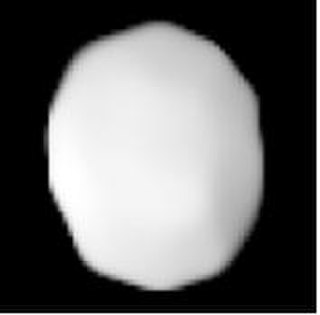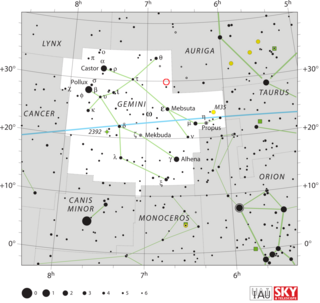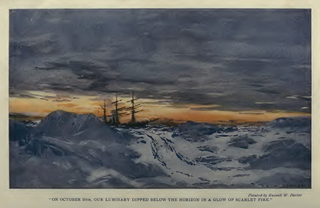 W
WDavida is a large C-type asteroid. It is the one of the largest asteroids; approximately tied for 7th place, to within measurement uncertainties, and the 5th or 6th most massive. It was discovered by R. S. Dugan in 1903. Davida is named after David Peck Todd, an astronomy professor at Amherst College.
 W
W W
WDM Geminorum also known as Nova Geminorum 1903 was a nova which erupted in the constellation Gemini in 1903. It was discovered by Herbert Hall Turner at the Greenwich Observatory on a Carte du Ciel photographic plate taken on 16 March 1903. Post-discovery examination of earlier photographs of the region taken at the Harvard College Observatory showed that the star was fainter than apparent magnitude 9 on 2 March 1903, and magnitude 5.1 on 6 March 1903, making it visible to the naked eye at that time. It had a conspicuous red color due to strong Hα line emission. By 1 April 1903 it had faded to magnitude 8.5. By 1989 it had reached visual magnitude 17.38.
 W
WThe Russian rescue expedition of 1903 was commissioned by the Saint Petersburg Academy of Sciences to rescue the groups of Baron Eduard Toll and Alexei Byalynitsky-Birulya that were left near New Siberian Islands by the Russian polar expedition of 1900–1902. The expedition was organized and led by Alexander Kolchak, then a young researcher and lieutenant of the Russian Navy, and later a ruler of Russia.
 W
WThe Scottish National Antarctic Expedition (SNAE), 1902–1904, was organised and led by William Speirs Bruce, a natural scientist and former medical student from the University of Edinburgh. Although overshadowed in terms of prestige by Robert Falcon Scott's concurrent Discovery Expedition, the SNAE completed a full programme of exploration and scientific work. Its achievements included the establishment of a staffed meteorological station, the first in Antarctic territory, and the discovery of new land to the east of the Weddell Sea. Its large collection of biological and geological specimens, together with those from Bruce's earlier travels, led to the establishment of the Scottish Oceanographical Laboratory in 1906.
 W
WAn annular solar eclipse occurred on March 29, 1903. A solar eclipse occurs when the Moon passes between Earth and the Sun, thereby totally or partly obscuring the image of the Sun for a viewer on Earth. An annular solar eclipse occurs when the Moon's apparent diameter is smaller than the Sun's, blocking most of the Sun's light and causing the Sun to look like an annulus (ring). An annular eclipse appears as a partial eclipse over a region of the Earth thousands of kilometres wide. Annularity was visible from China, Russia on March 29th (Sunday), and Northern Canada on March 28th (Saturday).
 W
WA total solar eclipse occurred on September 21, 1903. A solar eclipse occurs when the Moon passes between Earth and the Sun, thereby totally or partly obscuring the image of the Sun for a viewer on Earth. A total solar eclipse occurs when the Moon's apparent diameter is larger than the Sun's, blocking all direct sunlight, turning day into darkness. Totality occurs in a narrow path across Earth's surface, with the partial solar eclipse visible over a surrounding region thousands of kilometres wide.
 W
WThe Trouton–Noble experiment was an attempt to detect motion of the Earth through the luminiferous aether, and was conducted in 1901–1903 by Frederick Thomas Trouton and H. R. Noble. It was based on a suggestion by George FitzGerald that a charged parallel-plate capacitor moving through the aether should orient itself perpendicular to the motion. Like the earlier Michelson–Morley experiment, Trouton and Noble obtained a null result: no motion relative to the aether could be detected. This null result was reproduced, with increasing sensitivity, by Rudolf Tomaschek, Chase and Hayden in 1994. Such experimental results are now seen, consistent with special relativity, to reflect the validity of the principle of relativity and the absence of any absolute rest frame. The experiment is a test of special relativity.
 W
WThe Ziegler polar expedition of 1903–1905, also known as the Fiala expedition, was a failed attempt to reach the North Pole. The expedition party remained stranded north of the Arctic Circle for two years before being rescued, yet all but one of its members survived. The expedition is so named as it was funded by industrialist William Ziegler and led by explorer Anthony Fiala.